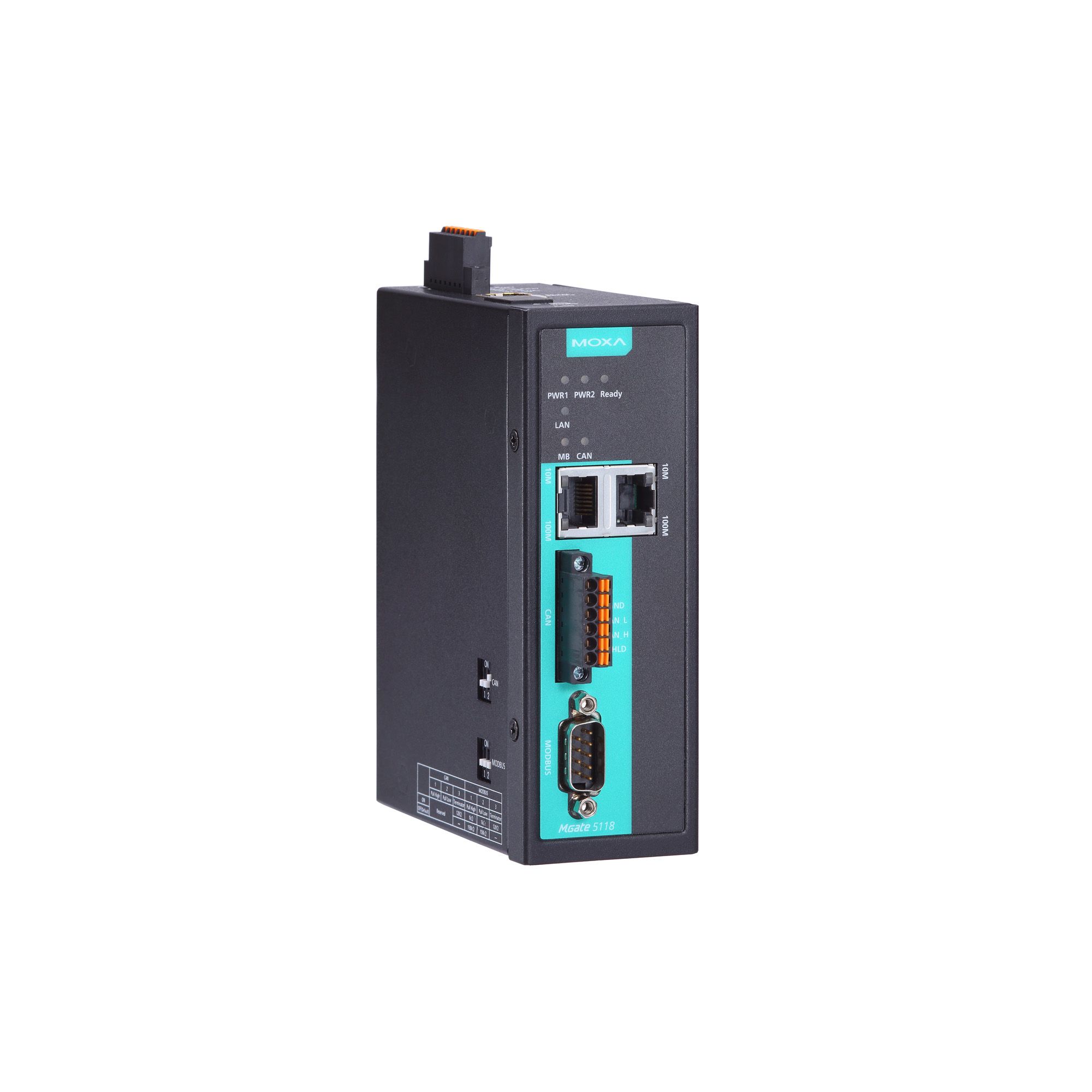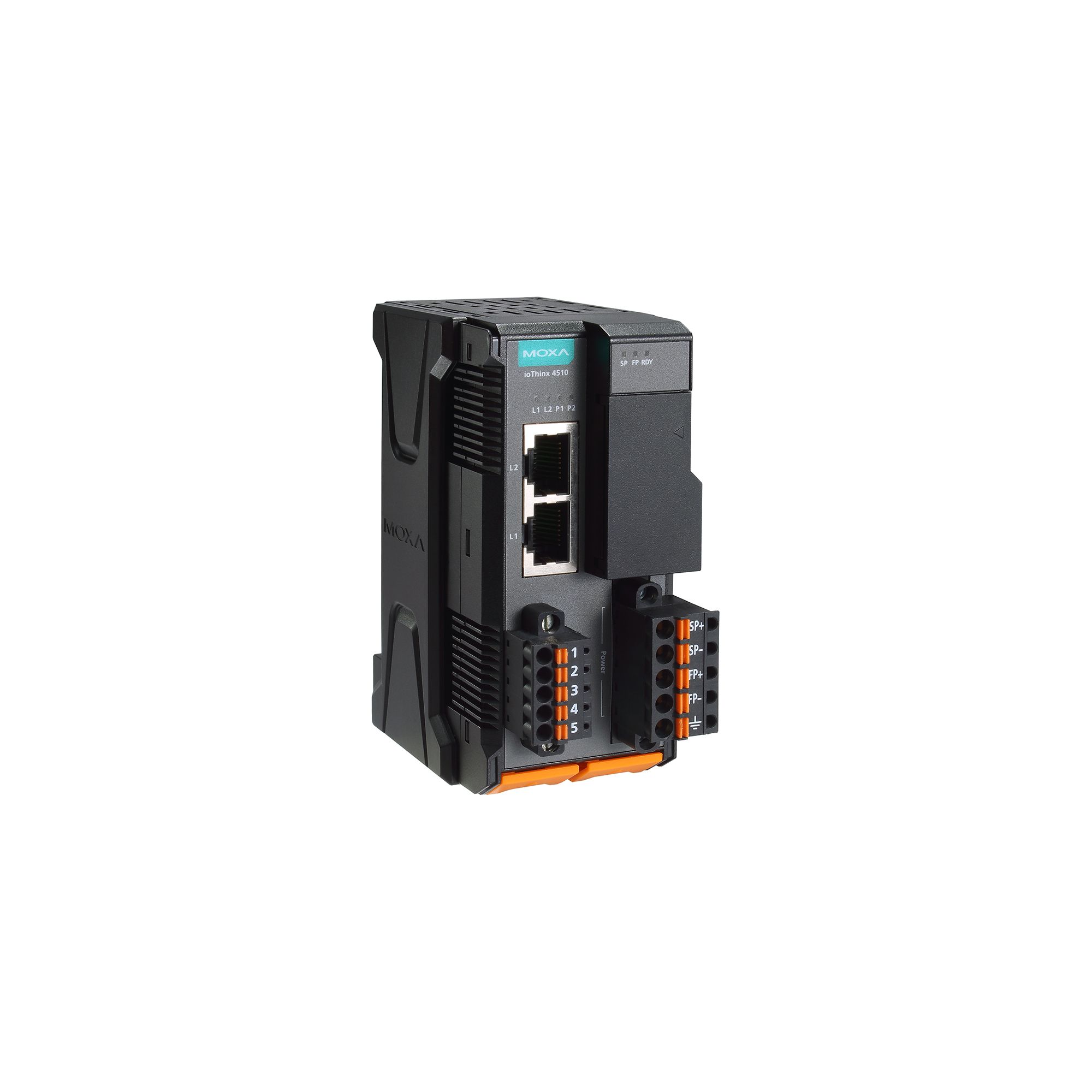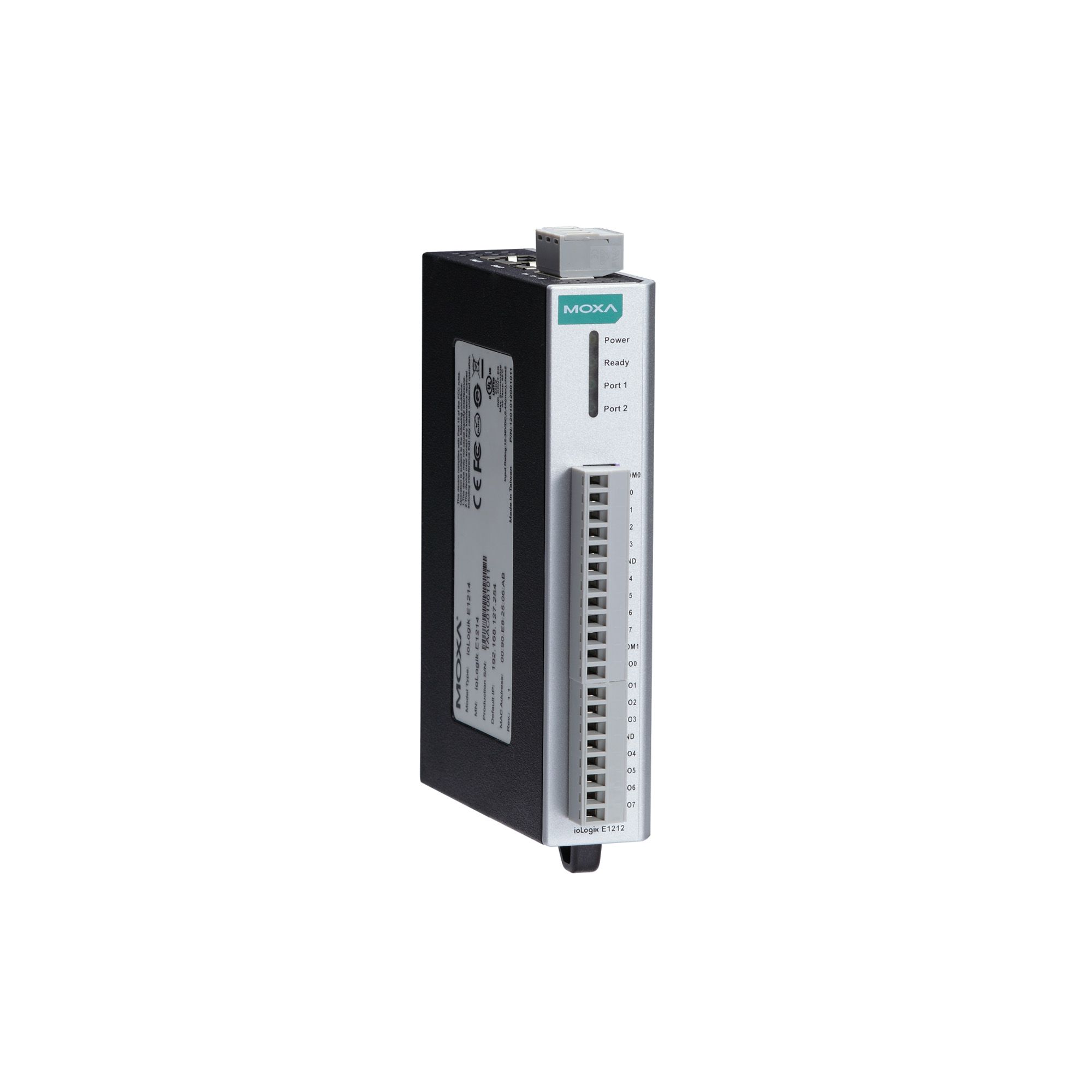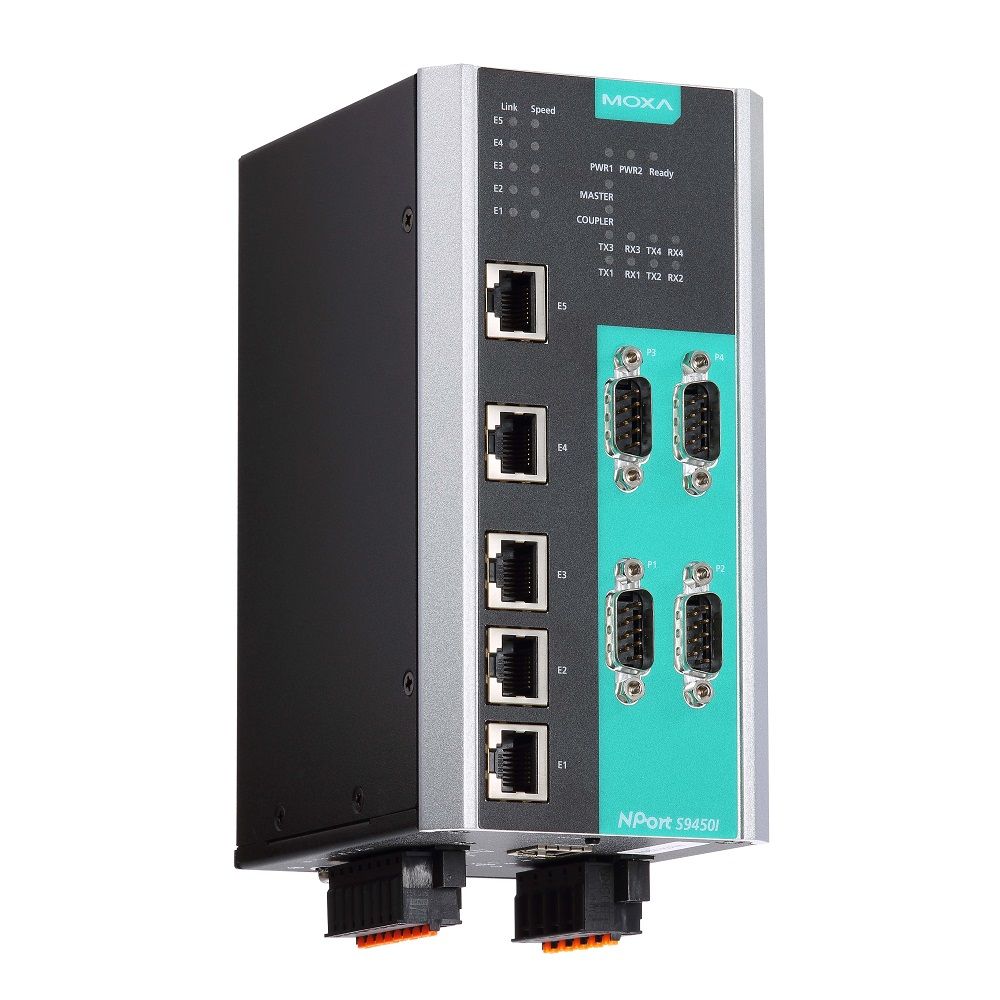We use cookies to make your experience better. To comply with the new e-Privacy directive, we need to ask for your consent to set the cookies. Learn more.
What Are Fieldbus Protocols?

Contents
In the world of industrial automation, where seamless communication between devices is paramount, Fieldbus protocols stand as the unsung heroes orchestrating the symphony of operations. These protocols serve as the backbone of modern industrial networks, enabling the exchange of data between various field devices with precision and efficiency.
Fieldbus protocols come in a myriad of types, each tailored to specific application requirements and operational environments. From the venerable Modbus to the advanced Profibus and the resilient Foundation Fieldbus, the landscape of protocols is as diverse as the industries they serve.
Understanding the intricacies of these protocols is crucial for engineers, technicians, and decision-makers tasked with designing, implementing, and maintaining industrial automation systems.
What is Fieldbus?
Fieldbus protocols support the communication from input devices and output devices without the need to connect each individual device back to a controller or PLC. Fieldbus defines the wider group of protocols that are used in the industrial environments and has been standardized as IEC61158.


Fieldbus works on a network that permits various topologies such as the ring, branch, star, and daisy chain and so therefore can be utilised in a wide range scenarios and applications..
Industry Specifics
Because the manufacturers of automation equipment developed proprietary Fieldbuses with differing features and functions to best deal with their market niche and to compete on a technical level.
We inevitably ended up with many Fieldbus variants, with some buses being better at specific functions than others.
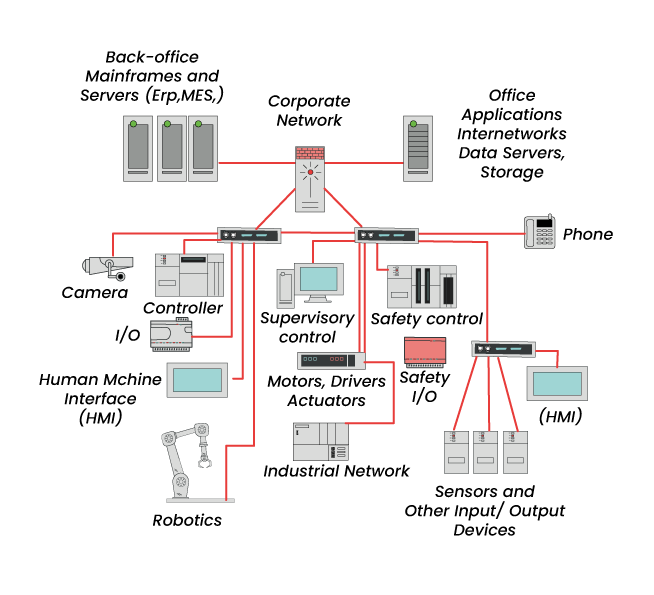



What is EtherNet/IP?
EtherNet/IP is used for communication between connected devices. It enables real-time communication to feed machine data platforms and deliver insights to the user or machine for consumption.
EtherNet/IP uses both of the most widely deployed collections of Ethernet standards –the Internet Protocol suite and IEEE 802.3 – to define the features and functions for its transport, network, data link and physical layers.
| 7 | ||||
| 6 | ||||
| 5 | ||||
| 4 | ||||
| 3 | ||||
| 2 | ||||
| 1 | ||||
EtherNet/IP enables real-time communication between connected devices, feeding machine data platforms and delivering insights to the user or machine.
Devices ranging from PLCs, controllers, wireless devices, edge computing nodes, IIoT sensors, robotic devices, and more. Allowing devices to communicate the millions of data points that machines generate.
This data can then be sent to a cloud-based machine data platforms for processing and analysis.


What is Modbus?
Modbus is a method used for transmitting information over serial lines between electronic devices. Originally developed by Modicon for use with their programmable logic PLCs.
The oldest industrial automation communication protocol, Modbus is now a common language used for connecting automation devices and equipment, enabling them to communicate within the connected network or industrial environment.
Having been originally developed to work over Serial networks, Modbus messages are now able to be sent over Ethernet and TCP/IP.
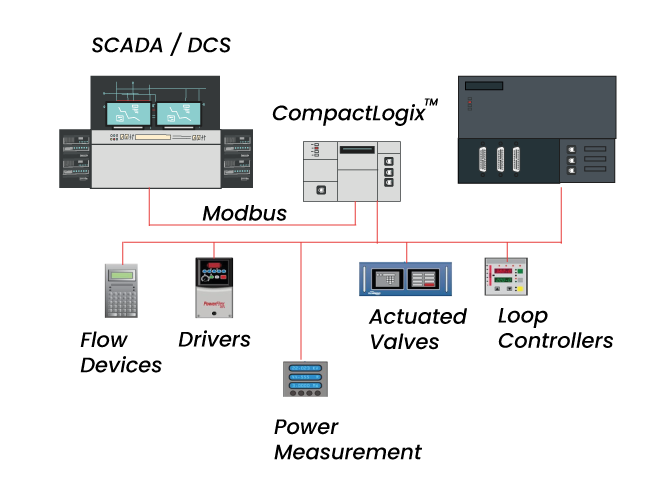

Managed by the Modbus organization, Modbus has grown to become a free open-source tool for providing devices with an automation protocol for industrial use. The primary use of Modbus is over serial lines, working on both RS-232 and RS-485 serial communication standards, also running with Serial RS-422 and EtherNet.
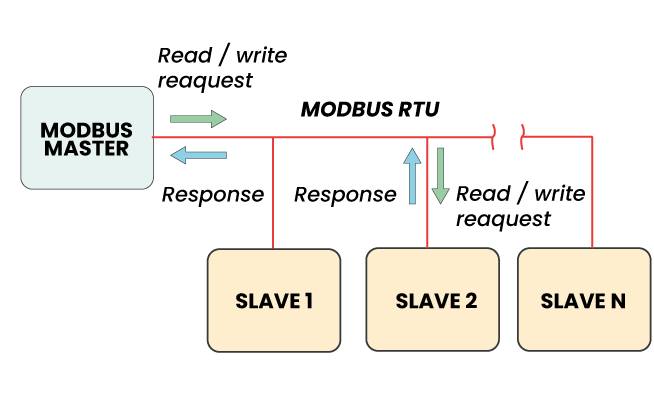

Industry Specifics
Using a traditional master/slave or server/client scheme to operate, the master may send instructions to one, all, or a select group of slaves. In RS-485 systems, there can be as many as 247 slaves per master unit.
Modbus has several versions, including Modbus RTU, Modbus ASCII, and Modbus TCP.


What is Profinet?
Profinet was primarily designed for industrial automation applications, to enable communication between various sensors, controllers, devices, machinery and software solutions.
Profinet is one of the most commonly used industrial Ethernet standards, with robust message delivery capabilities and compatibility with other Ethernet-based protocol.
The first specification of Profinet IO was released in 2003 and became part of the international standard IEC 61158 / IEC 61784-2 in 2006. The Profinet protocol was then augmented with Time Sensitive Networking (TSN) in 2019.
Profinet Explained
Based on a cascading real-time concept, defining the communication of centralized control systems and nodes with Ethernet-based peripheral devices connected to an industrial automation network.
Based on a cascading real-time concept, defining the communication of centralized control systems and nodes with Ethernet-based peripheral devices connected to an industrial automation network.
A Profinet network should contain at least one IO-Controller, monitoring and controlling one or more field-connected IO-Devices that can include multiple modules and submodules. The IO-Supervisor typically is a software solution installed on a host computer and used to manage system settings and monitor connected devices.
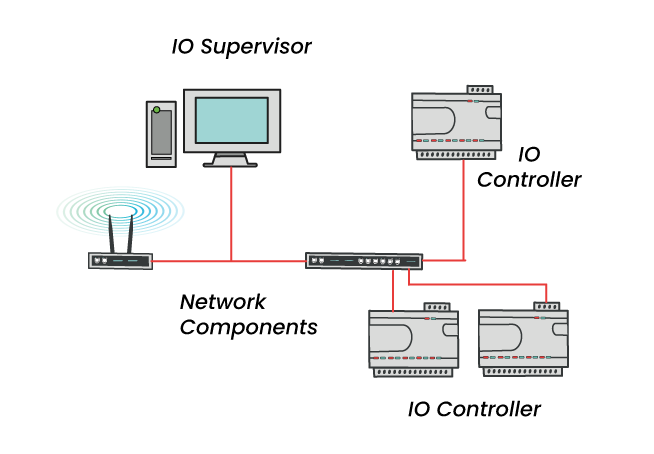



What is Profibus?
With rapid and reliable data exchange between system nodes as its key strength, Profinet is commonly used in critical applications within industrial automation systems. Profinet supports information delivery over a number of communication channels: TCP/IP, UDP/IP, Profinet Real-Time (RT), Profinet Isochronous Real-Time (IRT), and Time Sensitive Networking (TSN).
There are two variations of PROFIBUS in use today; the most commonly used PROFIBUS DP, and the lesser used, application specific, PROFIBUS PA.
PROFIBUS DP
PROFIBUS DP (Decentralized Peripherals) is used to operate sensors and actuators via a centralized controller in factory automation applications and the most used specification of Profibus.
PROFIBUS PA
PROFIBUS PA (Process Automation) is used to monitor measuring equipment via a process control system in process automation applications.
The Physical Layer conforms to IEC 61158-2, which allows power to be delivered over the bus to field instruments, while limiting current flows so that explosive conditions are not created, even if a malfunction occurs.
PA has a data transmission rate of 31.25 kbit/s. However, PA uses the same protocol as DP, and can be linked to a DP network using a coupler device. The much faster DP acts as a backbone network for transmitting process signals to the controller. This means that DP and PA can work tightly together, especially in hybrid applications where process and factory automation networks operate side by side.


What is CAN bus?
CAN (Controller Area Network) bus is a message-based protocol that was originally designed for applications in the automotive industry, but it can be used in various technology fields.
CAN bus It is a multi-master, multi-slave, half-duplex, and fault-tolerant protocol that fits well with the requirements of automotive applications.
In a CAN network, data is transmitted to all the nodes, including gateways, microcontrollers, sensors and other devices. Each message across devices carries an identifier used to decide on priority. The data in a frame is submitted serially for each device, but if a number of devices transmit information at the same time, the identifier allows to establish the highest priority device, which gets to send the message ahead of others.




What is CANopen?
CANopen is a CAN based communication protocol and was originally designed for motion-oriented machine control systems.
The CANopen standard is useful as it enables off-the-shelf interoperability between nodes in industrial machinery. Further, it provides standard methods for configuring devices, even after installation.
Today, CANopen is extensively used in motor control (stepper/servomotors) - but also a wide range of other applications such as robotics, medical and automtive industries.




Conclusion
In conclusion, Fieldbus protocols revolutionize industrial communication by enabling seamless connectivity between input and output devices without the need for direct connections to a controller. Standardized under IEC61158, Fieldbus encompasses various protocols tailored to specific industrial needs, including Ethernet/IP, Modbus, Profinet, Profibus, CAN bus, and CANopen.
Each protocol offers unique features and functions, catering to diverse industrial applications. EtherNet/IP facilitates real-time communication, while Modbus remains a prevalent method for transmitting information over serial lines. Profinet, with its robust message delivery capabilities, stands out in industrial Ethernet standards. Profibus ensures rapid and reliable data exchange, while CAN bus and CANopen find applications in automotive and motion-oriented control systems.
As industries evolve, these Fieldbus variants continue to play crucial roles in enhancing automation, connectivity, and efficiency across various sectors, from manufacturing to robotics and beyond. Through interoperability and standardized communication, Fieldbus protocols pave the way for seamless integration and streamlined operations in the industrial landscape.




